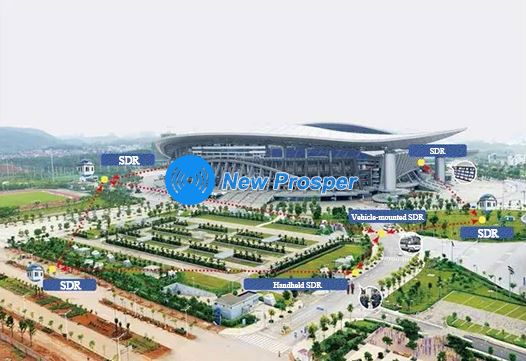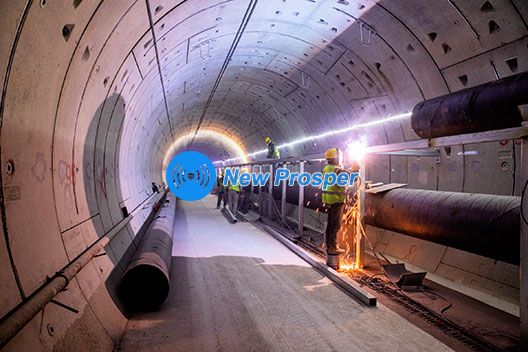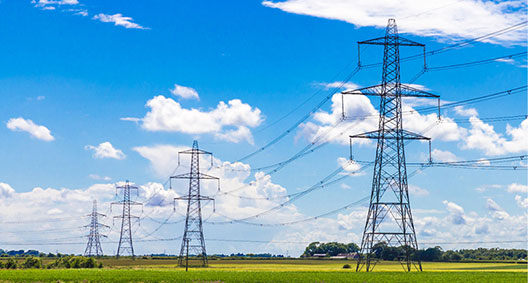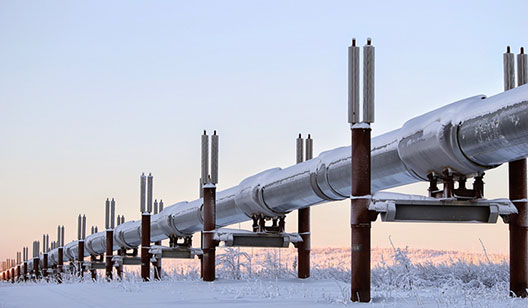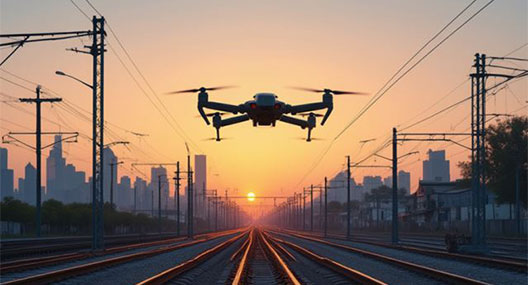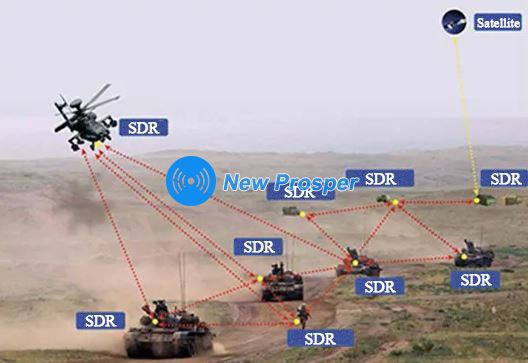SDRs can be pre-deployed at designated monitoring points throughout the event venue, establishing a dedicated wireless SDR network with on-site security command vehicles and patrol personnel to achieve efficient interconnection. At key fixed monitoring locations, the collected live video feeds can be transmitted via single-hop direct links or multi-hop relays. This enables real-time transmission back to both the on-site command center and mobile security command vehicles, allowing commanders to maintain situational awareness, facilitate timely response, and enable effective prevention. Additionally, security patrol personnel can access video feeds from various monitoring zones as needed, ensuring they stay informed of on-ground developments and are prepared to respond promptly to any incidents.
Vehicle-mounted SDRs deployed on security patrol command vehicles can flexibly network with fixed monitoring points and patrol personnel, supporting both static ("static communication") and mobile ("communication on the move") operations. At the event security perimeter, these units function as mobile forward command posts, extending the effective coverage of the command center, eliminating blind spots, and enabling real-time dispatch and management of nearby patrol personnel. They also act as mobile monitoring and patrol nodes, capable of collecting and transmitting data from any location while providing wireless broadband network support to security personnel.
Handheld SDRs carried by security patrol personnel enable real-time voice communication between commanders and officers during patrol missions, facilitating efficient local coordination. They also allow for the timely transmission of high-definition video captured on the move back to the command center, thereby reducing surveillance blind spots.
